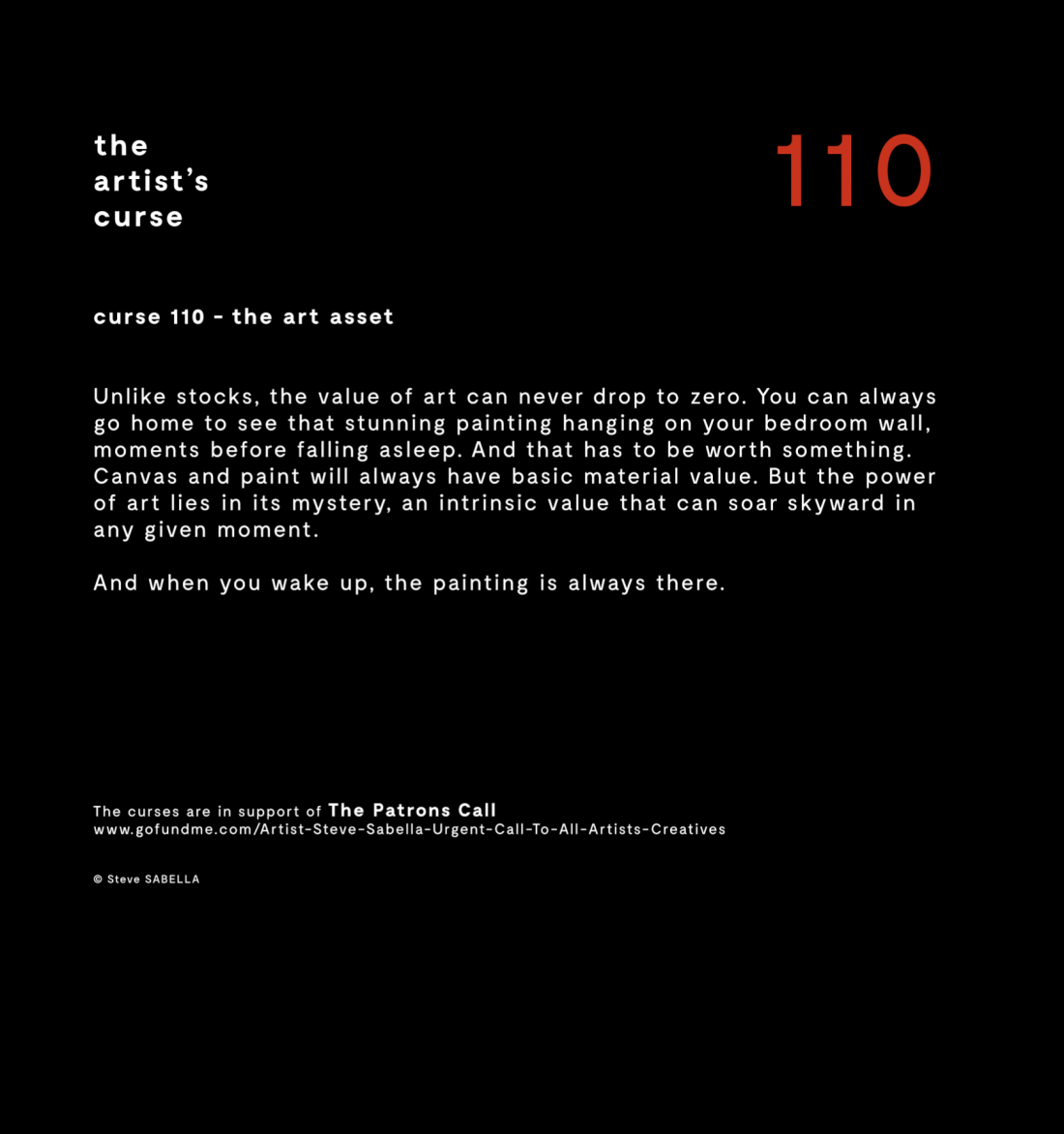Continuing our mini-tour through Robert Silverberg’s post-1980 novels, we have the 1985 SF epic Tom O’Bedlam, about a vagrant possessed with uncanny visions. Although I found many things to appreciate in both Gilgamesh the King and Star of Gypsies (both written as first-person memoirs), Silverberg’s more familiar third-person point-of-view a stronger way of maintaining a longer story.
TOB is told from the perspectives of Tom, the titular prophet, the leader of a “scratcher” band of murderous scavengers, a burnt-out academic and a new-age psychiatric caretaker. Besides Tom, the caretaker Elszabet is the most interesting character, providing a future post-holocaust history of the country as well as intimate descriptions of the patients and the imprecise methods used to treat them.

Jim Burns cover for Warner. isfdb.org
Besides these characters, there are number of supplementary personalities, mainly the patients, who are themselves less interesting but flesh out the book with perspectives on artificial humans, sexuality and organized religion. Everybody at some point becomes afflicted with powerful “space dreams” that impart both visions into alien worlds and troublesome fugue states. A large number of people are inspired to join a new-age cult in pursuit of these visions, embarking on an enormous pilgrimage from the urban centers of Southern California northward.
Elszabet and colleagues puzzle over the persistence of these dreams inside their Mendocino sanctuary-retreat, which lies in the path of the chaotic pilgrimage. Eventually, Tom finds his way to Elszabet, who is then charged with finding the meaning of his contagious visions.
The best parts of the story focus on the dogged efforts of the medical staff to solve the problems of their patients while the last of the post-civilized world collapses around them. It’s clear that having the professional role of doctor or researcher is critical to these people, even as their actual place in the world is diminished as civilization collapses around them. This is a theme we see in other Silverberg works, like Hawksbill Station and Nightwings.
The subplots are brought together at the end of the novel in a logical but dramatic manner – provided we accept the premise of an actual rapture being somehow possible. The troubles associated with the psychiatric treatments reflect a hangover from the old “New Wave” enthusiasm for inner-space science and neurotechnology – Silverberg is basically saying that we will never have the time to figure out our own brains. All told, it is a skillful novel of a struggle between hope and despair, the final battle after the rest of the world is used up. 8/10.
Advertisements Share this:




